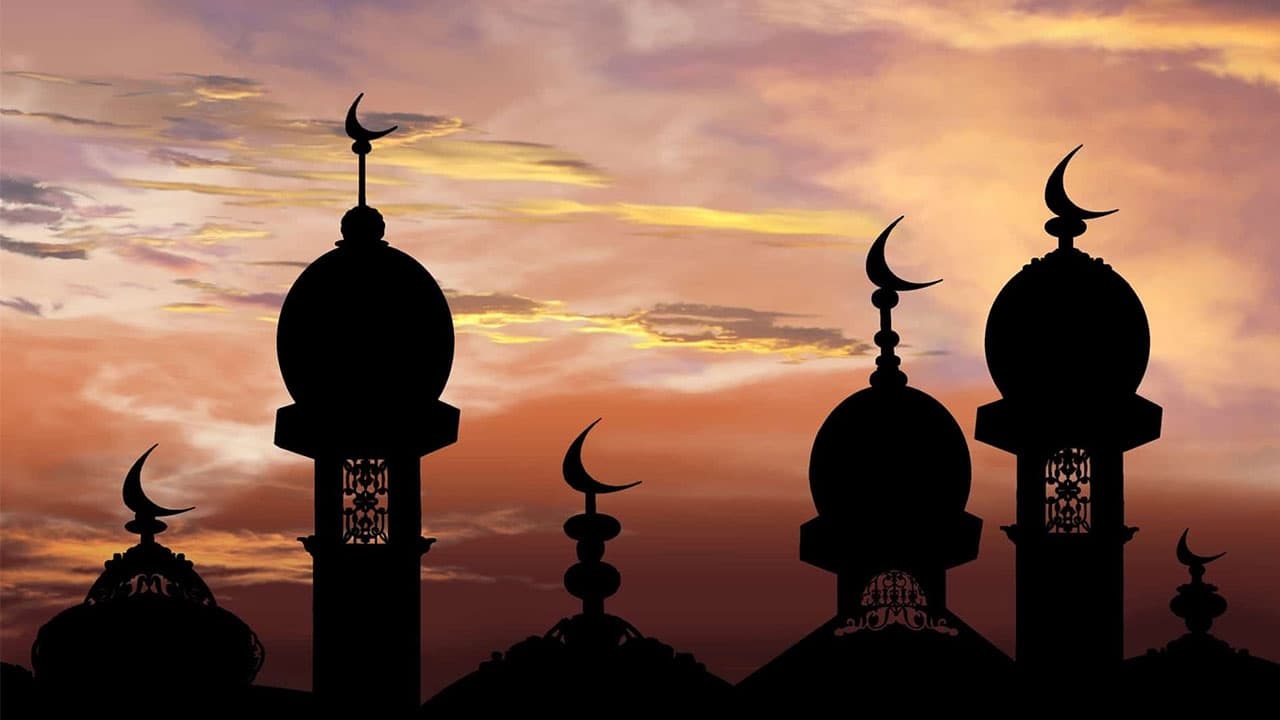With Eid ul-Adha 2022, the second of the two major Eid festivals celebrated by Muslims each year, now here, this year’s festival begins this evening (Saturday 9 July) as it follows on from Eid ul-Fitr, which was marked at the end of the fasting month of Ramadan (Monday 2 May).
Honouring the famous story of the willingness of the prophet Ibrahim (known in the Christian Old Testament as Abraham) to sacrifice his son as an act of obedience to God’s command, it is based on the sighting of the moon, which means it cannot be calculated with complete accuracy.
Falling on the tenth day of Dhul-Hijjah, the twelfth month of the Islamic Hijri calendar, with its date in the Gregorian calendar shifting forward around 11 days each year, according to Saudi Arabia, whose official verdict is followed by many Muslims across the world, Dhul-Hijjah began on Thursday 30 June, following the sighting of the crescent moon on Wednesday 29 June.
While the date is slightly unpredictable, observers do at least get more warning than with Eid ul-Fitr, when the festival falls right at the start of the month. The Eid ul-Adha festival will last four days, coming to an end on the evening of Wednesday 13 July.
"Traditionally, Mecca was the centre of sighting the moon”, says Professor Muhammad Abdel Haleem, of the Centre of Islamic Studies at London's SOAS (School of Oriental and African Studies). “Sometimes neighbouring countries will say they've seen the moon on different days."
The lunar calendar is about 10 days shorter than the Western calendar, which is based on the cycle of the sun. This means that each year Ramadan starts about 10 days earlier than the previous year and over time gets earlier and earlier in the year.











